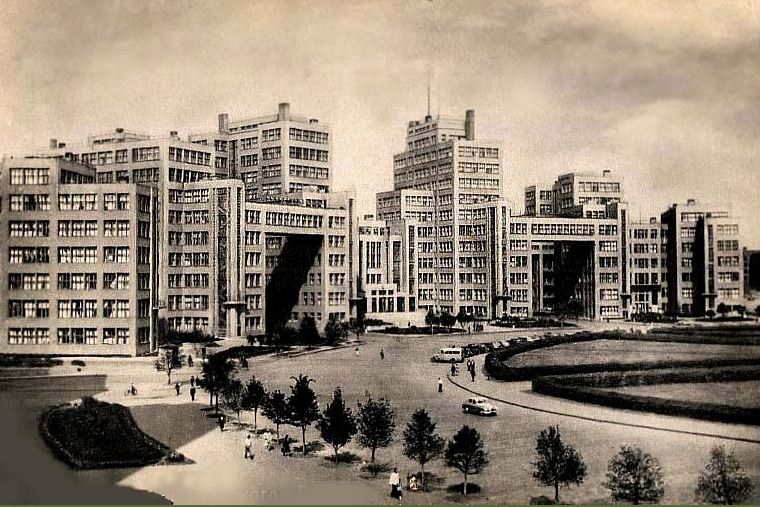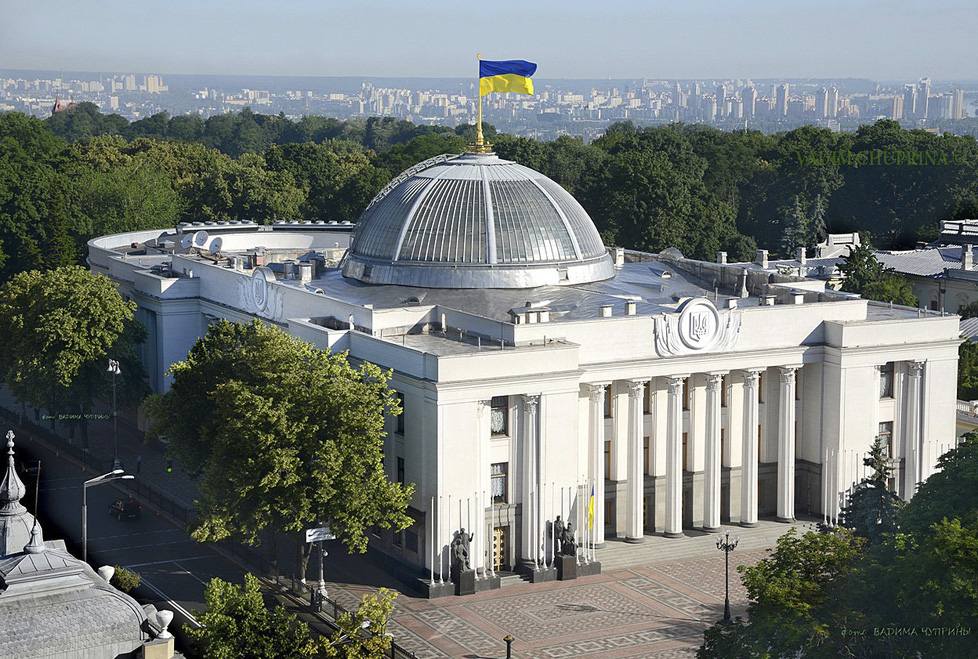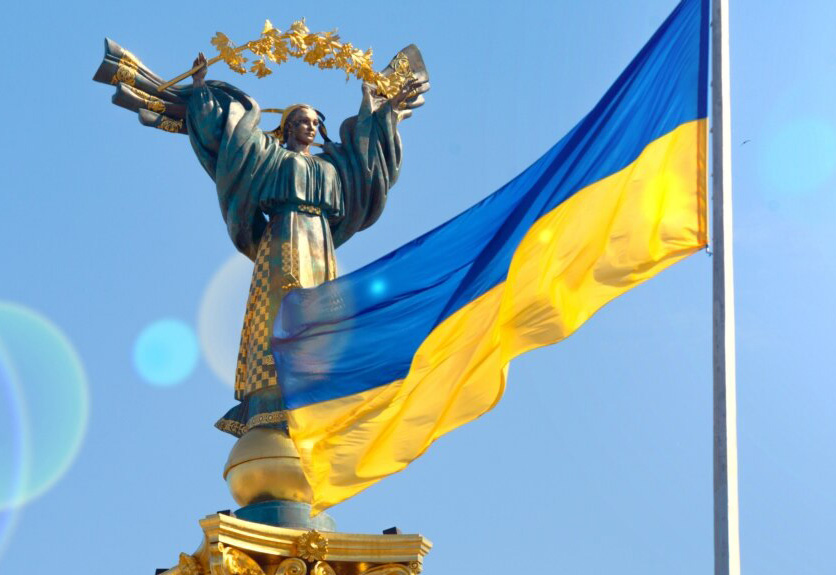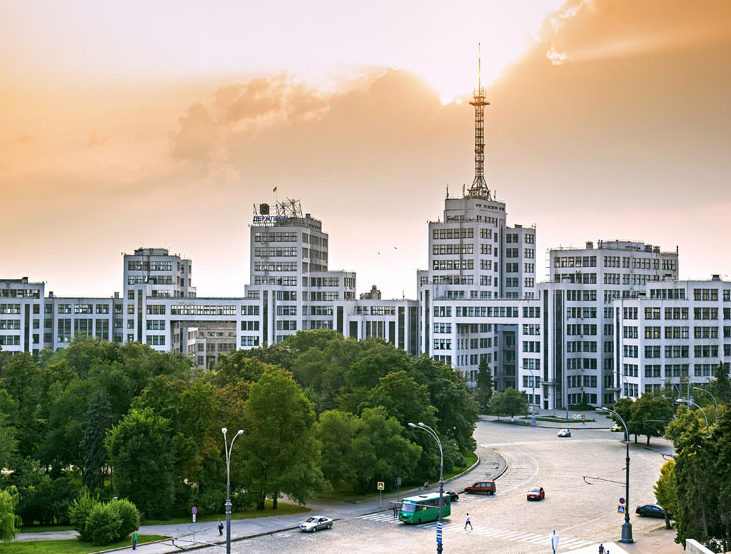Stereotype 7. Kharkiv is the first capital of Ukraine
Kharkiv was really performing the function of the capital but for the Soviet Ukraine during the time period between December 1917 and 1934. Officially, this city was designated the capital of the Ukrainian Socialist Soviet Republic on December 19, 1919. However, on June 24, 1934, the capital city was changed into Kyiv. The rise of the idea that in was only 1917 when the Ukrainians acquired the long-awaited state and the certain period of Kharkiv’s experience as the capital city allowed propagating the false impression that the formation of the Ukrainian state was accomplished with designating its capital in Kharkiv.
Officially, this city was designated the capital of the Ukrainian Socialist Soviet Republic on December 19, 1919. However, on June 24, 1934, the capital city was changed into Kyiv. The rise of the idea that in was only 1917 when the Ukrainians acquired the long-awaited state and the certain period of Kharkiv’s experience as the capital city allowed propagating the false impression that the formation of the Ukrainian state was accomplished with designating its capital in Kharkiv.
Actually, one important fact is omitted here: when Ukrainska Tsentralna Rada (The Central Council of Ukraine) was established, its sessions were taking place in Kyiv as it was Kyiv which had been the capital of Ukrainian National Republic since November 1917. Imposing the stereotype that Kharkiv was the first capital of Ukraine was promoted by Kharkiv TV channel Pervaya Stolytsya (the First Capital), which started its work in 1994 and was closed down in 2005. This channel broadcast the historical materials which presented Kharkiv as the first capital of Ukraine. Actually, these TV programmes were cherishing the local pride and imposing the version of the regional history, which coincided with the Russian story on the Bolsheviks who allegedly created the Ukrainian state.
Kyiv was undoubtedly the first capital of Ukraine starting from the Kievan Rus state. Even after the Mongol invasion in 1240, Kyiv had the special status for the inhabitants of Rus-Ukraine. In the 16th century, Kyiv was mentioned as the main city of Rus-Ukraine by a number of foreign evidences: Michalon Lituanus, Albert Pighius Campensis, Antonio Graziani.
Moreover, in the 1620s, due to the work of Petro Mohyla, Kyiv reasserted its position as the centre of the cultural life. During the period of I. Mazepa’s ruling, the concept of the 12th century was revived: “Kyiv is another Jerusalem!” At the restoration of the Ukrainian state as the Zaporozhian Host (Hetmanate), the new Cossack nobility had the own stereotypes and did not consider that the capital city should be in Kyiv, but they were regarding this city as one of special significance. After the victory over the Polish troops, it was Kyiv where Bohdan Khmelnytskyi (Khmelnytsky) had an official visit in 1648 in the role of the “defender of the Ruthenian people”.
However, in the 13th -14th centuries, the governmental centre of the Rus shifted to the West, into the Kingdom of Rus, where the function of the capital was given to the residence of the prince or the king. Such residences were as follows: Halych, Uhrovsk, Kholm (Chełm), Lviv (Lwów, Lemberg), Volodymyr.
At the period of the modern history, Chyhyryn acquired the status of the capital city in the Cossack state as this city was equally remoted from both Rzeczpospolita and Muscovy. Here, was the residence of Bohdan Khmelnytskyi (Khmelnytsky) and later, the one of Petro Doroshenko until the Turkish burnt down the city in 1678.
Further, after Hetmanate parting, the capital of its Left Bank became the city of Hadiach, after it - Baturyn, the latter was slaughtered in 1708 by the Russian armed forced with Aleksandr Menshikov in charge. In the first half of the 18th century, Hlukhiv was assigned the capital since this city was near the border with Russia and therefore was easy to control. In 1750, under ruling of Cyrill de Razoumowsky, the last hetman of Ukraine, Baturyn again became the capital of the country.
Furthermore, the beginning of the national and liberating movement in 1917 was accompanied by Kyiv acquiring the status of a capital, but after the Russian aggression in December 1917, the capital city of the Ukrainian National Republic was shifting into: Zhytomyr, Zhmerynka, Vinnytsia (Vinnytsya), Proskuriv (Khmelnytsyi or Khmelnytskyy), Kamianets-Podilskyi (Kam'yanets-Podilskyy), Rivne, Stanislav (Ivano-Frankivsk). In Western Ukrainian National Republic, Lviv at first served as the capital, later Stanislav (Ivano-Frankivsk).


The Soviet Ukraine chose Kharkiv as a capital only because it was the first large city, which the Russians managed to invade in 1917 and they enjoyed the opportunity to keep it further under their control. Only after suppressing Ukraine with the 1932-1933-year famine, the Bolsheviks decided that Ukraine was now secure and Kyiv could play the role of outpost for their regime.
Eventually, during the hundreds of years of its history, Ukraine has been a player in the geopolitical games and not a single time lost its right to be a sovereign state, therefore more than ten of its capitals have been changed, but the first one was Kyiv and has been performing this function nowadays.
Our Advice to Read:
Вінграновський М.С. Чотирнадцять столиць України: короткі нариси з її історії.– Київ: Голов. спеціаліз. ред. літ. мовами нац. мешин України, 2002.– 176 с.
Закон України про столицю України – місто-герой Київ: офіційне видання.– Київ: Парламент. вид-во, 1999.– 23 с.– (Закони України).
Історія міста Харкова ХХ століття / Ярмиш О.Н., Посохов С.І., Епштейн А.І. та інші.– Харків: Фоліо: Золоті сторинки, 2004.– 686 с.: іл.
Киркевич В.Г., Віроцький В.Д. Гетьманська столиця Батурин.– Київ: Техніка, 2007.– 192 с.– (Нац. святині України).
Мицик Ю. Чигирин – гетьманська столиця.– 2-ге вид.– Київ: Кліо, 2021.– 392 с.: іл.– Прим.: с. 326–361.– Дод.: с. 362–391.
Петков С. Четыре столицы Древней Руси.– Київ: Скиф: Олег Філюк, 2018.– 79 с.: рис.– Библиогр.: с. 73–79.











